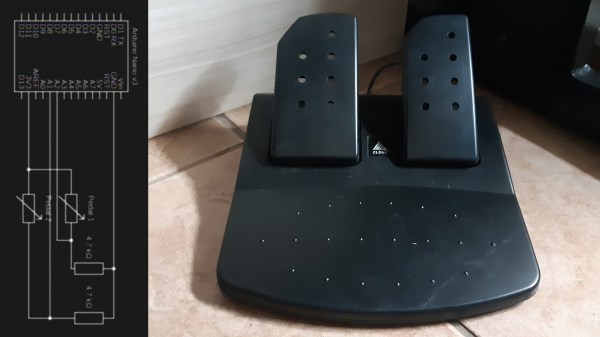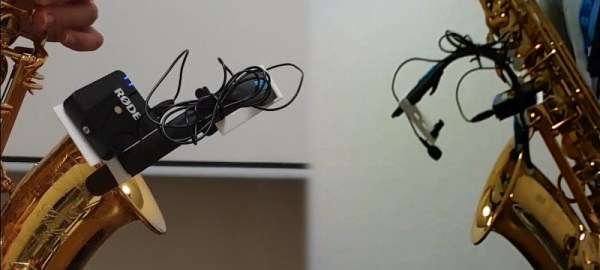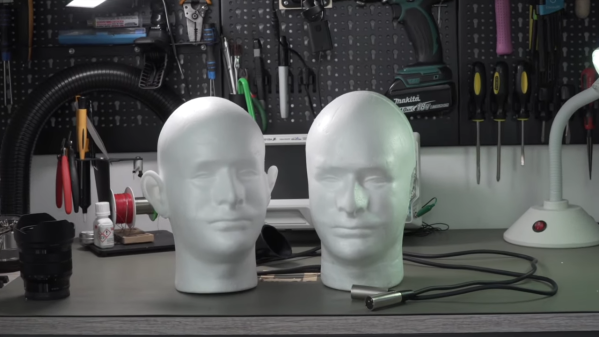Remember DSRC? If the initialism doesn’t ring a bell, don’t worry — Dedicated Short-Range Communications, a radio service intended to let cars in traffic talk to each other, never really caught on. Back in 1999, when the Federal Communications Commission set aside 75 MHz of spectrum in the 5.9-GHz band, it probably seemed like a good idea — after all, the flying cars of the future would surely need a way to communicate with each other. Only about 15,000 vehicles in the US have DSRC, and so the FCC decided to snatch back the whole 75-MHz slice and reallocate it. The lower 45 MHz will be tacked onto the existing unlicensed 5.8-GHz band where WiFi now lives, providing interesting opportunities in wireless networking. Fans of chatty cars need not fret, though — the upper 30 MHz block is being reallocated to a different Intelligent Transportation System Service called C-V2X, for Cellular Vehicle to Everything, which by its name alone is far cooler and therefore more likely to succeed.
NASA keeps dropping cool teasers of the Mars 2020 mission as the package containing the Perseverance rover hurtles across space on its way to a February rendezvous with the Red Planet. The latest: you can listen to the faint sounds the rover is making as it gets ready for its date with destiny. While we’ve heard sounds from Mars before — the InSight lander used its seismometer to record the Martian wind — Perseverance is the first Mars rover equipped with actual microphones. It’s pretty neat to hear the faint whirring of the rover’s thermal management system pump doing its thing in interplanetary space, and even cooler to think that we’ll soon hear what it sounds like to land on Mars.
Speaking of space, back at the beginning of 2020 — you know, a couple of million years ago — we kicked off the Hack Chat series by talking with Alberto Caballero about his “Habitable Exoplanets” project, a crowd-sourced search for “Earth 2.0”. We found it fascinating that amateur astronomers using off-the-shelf gear could detect the subtle signs of planets orbiting stars half a galaxy away. We’ve kept in touch with Alberto since then, and he recently tipped us off to his new SETI Project. Following the citizen-science model of the Habitable Exoplanets project, Alberto is looking to recruit amateur radio astronomers willing to turn their antennas in the direction of stars similar to the Sun, where it just might be possible for intelligent life to have formed. Check out the PDF summary of the project which includes the modest technical requirements for getting in on the SETI action.























